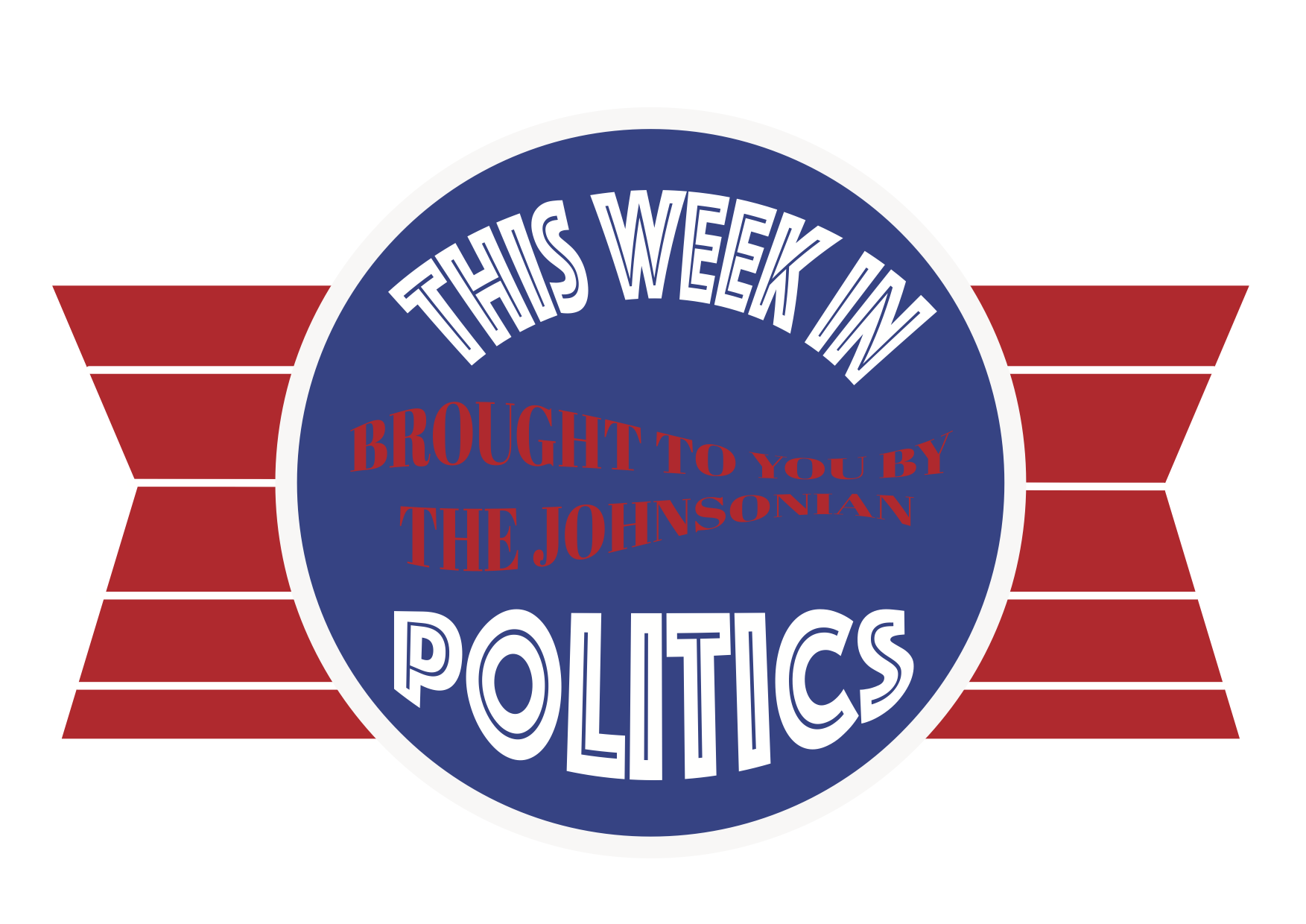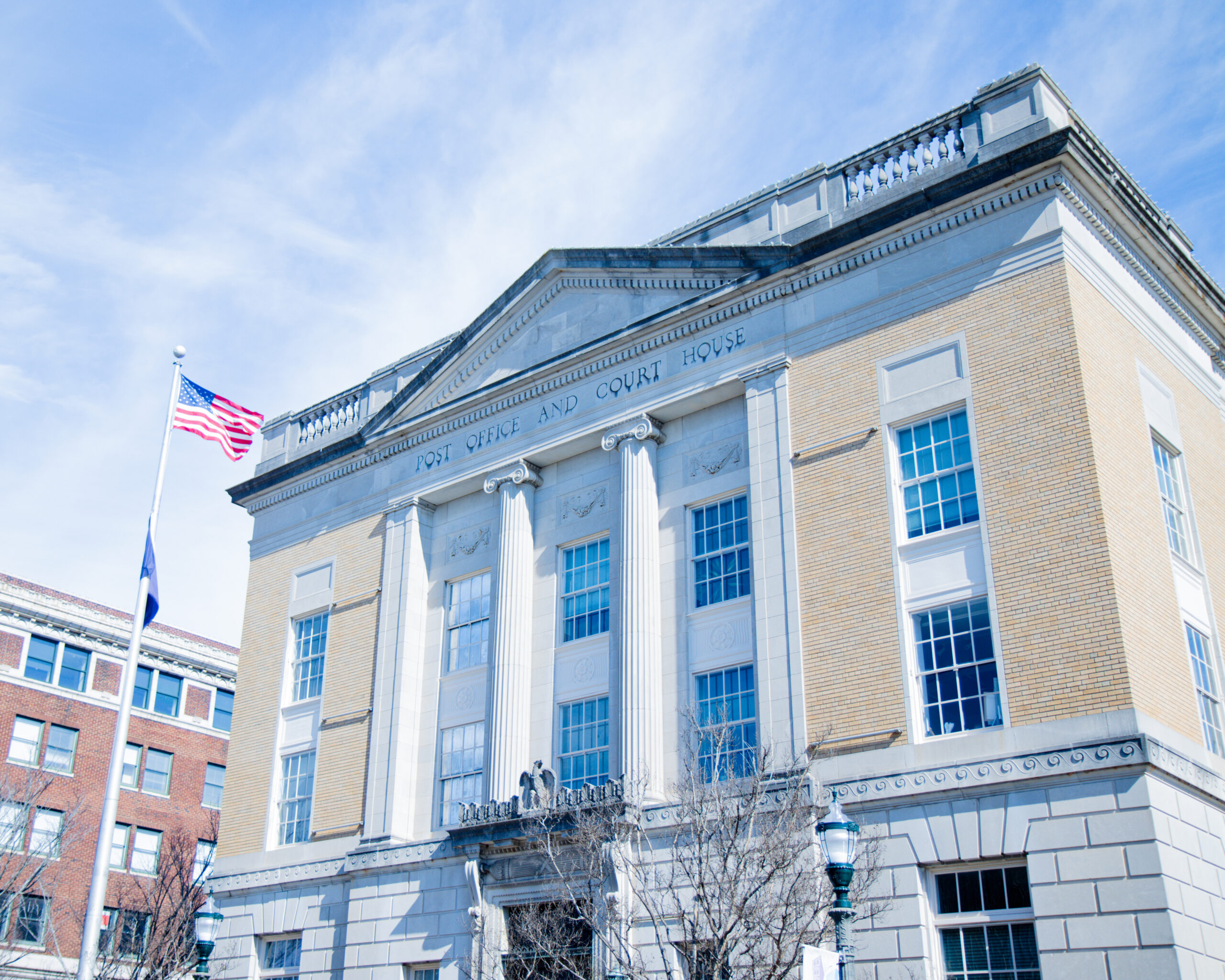The inauguration of President Joe Biden and Vice President Kamala Harris looked both akin to and disparately different from the presidential inaugurations of years past. High-profile Republicans and Democrats alike gathered – in compliance with social distancing protocols – on the balcony of the Capitol as the nation looked on, still reeling from the impact of the insurrection that took place on the steps below just three weeks ago. The newly sworn-in President Joseph R. Biden’s thesis was one of unity, but the question lingering on the minds of countless Americans was: “Unity with whom?”
Notably, Donald Trump refused to attend the inauguration ceremony, becoming the first former president in 150 years to skip the inauguration of his successor, opting instead to record a farewell speech and fly home to Palm Beach, Florida. He utilized his remaining hours as president to pardon and commute the sentences of allies and special interests, including those of Steve Bannon and rapper Lil Wayne.
But former presidents Bill Clinton, Barack Obama, and George W. Bush were in attendance on Wednesday, as well as Trump’s own vice president, Mike Pence. This bipartisan show of support from the nation’s former leaders indicates an intention to communicate the importance of unity and camaraderie in the face of a violent attack on the institution of democracy waged and fueled by the former President, coupled with compounded economic and public health crises.
The mood was hopeful but solemn. As attendees filed into their respective seats, chatting and sharing moments of laughter, a display of 200,000 flags blew in the January breeze on the lawn of the National Mall, dedicated to the 400,000 Americans lost to the pandemic in the last year.
After addresses delivered by party leaders and inaugural committee officials, history was made as the nation’s first Latina to serve on the supreme court, Justice Sonya Sotomayor, swore in the first Black American, the first American of South Asian descent, and the first woman to serve as Vice President, a beaming Kamala D. Harris.
“As a Black woman in America, seeing other people that look like you obtain jobs and positions that have been perceived to be only for white men for all eternity proves how much we can achieve,” junior digital information design major Marley Jenkins said. “Kamala Harris is an example of the possibilities that this country promises us.”
Then it was Biden’s turn to be sworn in, this time by Chief Justice John Roberts. Biden took the podium to deliver a speech in which he was sure to remain realistic, laying out in plain terms the depth of the challenges ahead.
“A once-in-a-century virus silently stalks the country. It’s taken as many lives in one year as America lost in all of World War II. Millions of jobs have been lost. Hundreds of thousands of businesses closed,” he said.
“He has inherited a presidency over a nation torn with strife, locked in a poorly managed pandemic, and suffering from four years of divisive vitriol,” senior Biology major Joshua LeClerg said.
“A cry for racial justice some 400 years in the making moves us. The dream of justice for all will be deferred no longer,” Biden said, the words “justice,” “deferred” and “dream” acting as a subtle nod to the work of Dr. Martin Luther King Jr., before becoming the first president to address white supremacy in an inaugural address. He continued, “A cry that can’t be any more desperate or any more clear, and now arise political extremism, white supremacy, domestic terrorism that we must confront and we will defeat.”
Biden’s realism meets its match in his persistent idealism, insisting that to overcome these challenges, “It requires the most elusive of things in a democracy: Unity. Unity.”
It is clear Biden doesn’t expect the entire country to agree with his view of the path toward healing. He compels those in opposition to “Hear me out as we move forward. Take a measure of me and my heart. And if you still disagree, so be it. That’s democracy. That’s America.”
As a man drenched in the tempestuous sea of tragedy, it becomes clear that Biden isn’t arguing for the superficial posturing of unity, but for a sense of solidarity, one independent of ideological opposition.
“Because here’s the thing about life,” he said. “There’s no accounting for what fate will deal you. Some days when you need a hand, there are other days when we’re called to lend a hand.”
Following the speech was a set of musical performances and a reading of “The Hill We Climb,” a moving poem that contained echoes of Biden’s idealistic realism written by youth poet laureate Amanda Gorman who, like President Biden, overcame a speech impediment herself.
“If we’re to live up to our own time, then victory won’t lie in the blade. But in all the bridges we’ve made, that is the promise to glade, the hill we climb. If only we dare,” she said. “It’s because being American is more than a pride we inherit, it’s the past we step into and how we repair it.”
President Biden seeks to quickly repair what he views as the mistakes of the previous administration, managing to sign 17 executive orders on his first day in office.
“I’m looking forward to the orders that will combat the coronavirus, such as rejoining the World Health Organization and the federal mask mandate,” Jenkins said. “Also, Biden’s promise for us to reenter the U.S. back into the Paris climate agreement.”
“I have a personal interest in the reinforcement of the Title VII of the Civil Rights Act of 1964 to be LGBTQ* inclusive so that to me is the most notable executive order President Biden issued on day one,” LeClerg said. “I’m particularly excited to see included a mask mandate on federal property as a first step to combat the SARS-CoV-2 pandemic, the halt of the keystone pipeline, [and] the halt of oil and natural gas leases in the Arctic National Wildlife Refuge.”
President Biden outlined his vision for the future of the country and how he believes the last four years have brought on violent threats to our democracy, the challenging of norms, the furtherance of racial and economic inequity, and incomprehensible losses of life to the American public. The path ahead may be as arduous as that which lay before it, and we remain in the midst of a dark winter. But with hope, solidarity, and unity, may we find healing, and in our resilience, may we find our strength.
Because “When day comes we step out of the shade, aflame and unafraid, the new dawn blooms as we free it. For there is always light, if only we’re brave enough to see it. If only we’re brave enough to be it.” – Amanda Gorman, “The Hill We Climb.”




